Year 3
The science inquiry skills and science as a human endeavour strands are described across a two-year band. In their planning, schools and teachers refer to the expectations outlined in the achievement standard and also to the content of the science understanding strand for the relevant year level to ensure that these two strands are addressed over the two-year period. The three strands of the curriculum are interrelated and their content is taught in an integrated way. The order and detail in which the content descriptions are organised into teaching and learning programs are decisions to be made by the teacher.
Incorporating the key ideas of science
Over Years 3 to 6, students develop their understanding of a range of systems operating at different time and geographic scales.
In Year 3, students observe heat and its effects on solids and liquids and begin to develop an understanding of energy flows through simple systems. In observing day and night, they develop an appreciation of regular and predictable cycles. Students order their observations by grouping and classifying; in classifying things as living or non-living they begin to recognise that classifications are not always easy to define or apply. They begin to quantify their observations to enable comparison, and learn more sophisticated ways of identifying and representing relationships, including the use of tables and graphs to identify trends. They use their understanding of relationships between components of simple systems to make predictions.
(source: www.australiancurriculum.edu.au)
Achievement Standard
By the end of Year 3, students use their understanding of the movement of Earth, materials and the behaviour of heat to suggest explanations for everyday observations. They group living things based on observable features and distinguish them from non-living things. They describe how they can use science investigations to respond to questions.
Students use their experiences to identify questions and make predictions about scientific investigations. They follow procedures to collect and record observations and suggest possible reasons for their findings, based on patterns in their data. They describe how safety and fairness were considered and they use diagrams and other representations to communicate their ideas.
(source: www.australiancurriculum.edu.au)
- Plus Plan
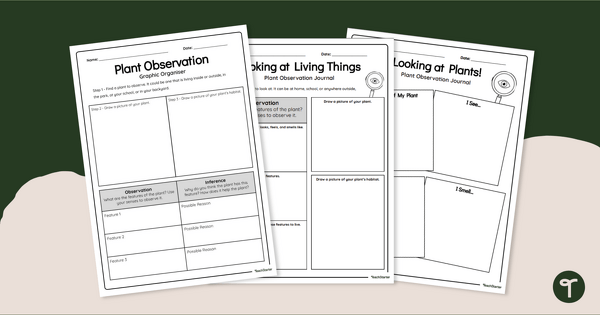
Plant Journal Observation Worksheets
Observe and record information about plants with a printable plant journal worksheet.
- Free Plan
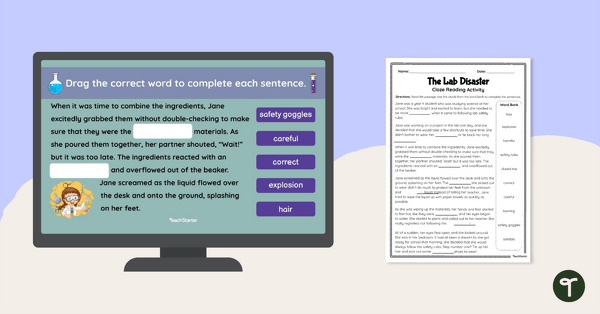
Lab Safety Interactive and Printable Cloze Reading Activity
Assess students' understanding of lab safety rules and expectations with this cloze reading activity.
- Plus Plan
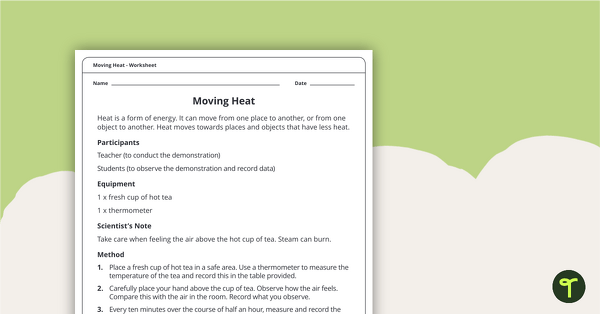
Moving Heat Worksheet
A worksheet to help students understand how heat moves.
- Plus Plan

What Do Living Things Need to Survive? PowerPoint
Teach your students what living things need to survive with an engaging, interactive teaching slide deck.
- Free Plan
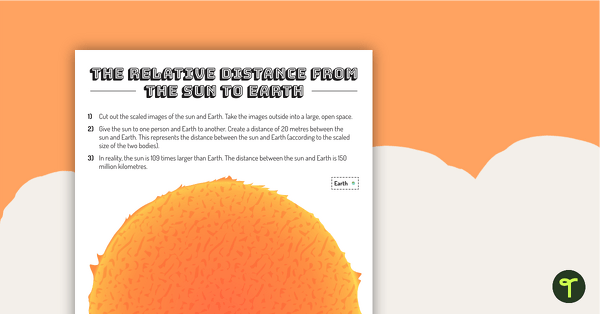
The Relative Distance From the Sun to Earth
Scaled images of the sun and Earth to use when exploring relative size and distance.
- Plus Plan
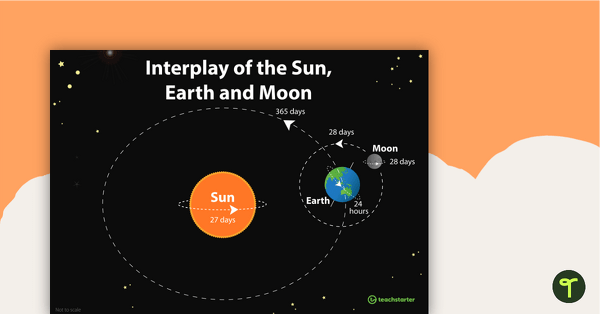
Interplay of the Sun, Earth and Moon Poster
A poster showing the interplay of the Sun, Earth and Moon.
- Plus Plan
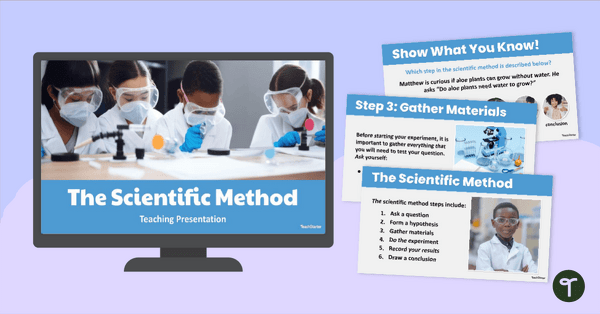
The Scientific Method PowerPoint - Early Years
Complete your scientific method lesson plan sequence with a ready-made Scientific Method PowerPoint for Year 1 through Year 3 Students!
- Plus Plan
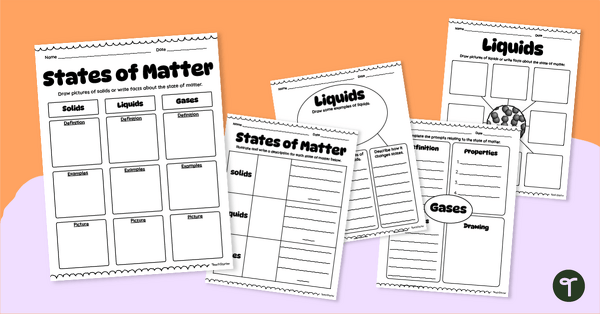
States of Matter Graphic Organiser Pack
Use our States of Matter graphic organisers to help your students record what they have learned about the three forms of matter.
- Plus Plan
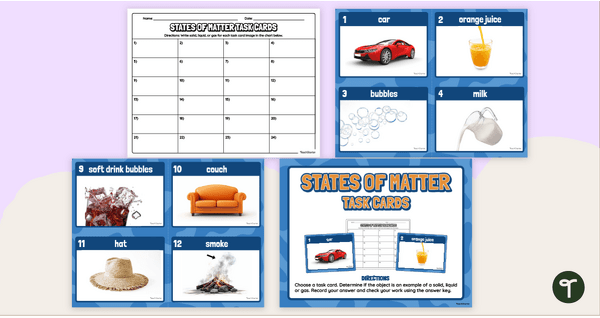
States of Matter Task Cards for Year 3
Help your students identify the three states of matter with a set of engaging Science task cards for Year 3.
- Plus Plan

Natural and Human Made Heat Sources Sort
Explore the different man-made and natural heat sources with this sorting activity.
- Free Plan
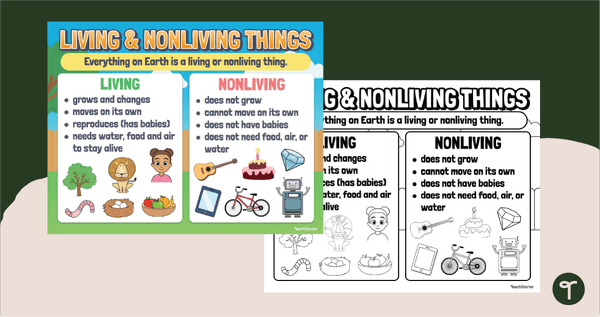
Living and Non-Living Things Poster
Highlight the differences between living and non-living things with an illustrative Living vs. Nonliving Things Anchor Chart
- Plus Plan
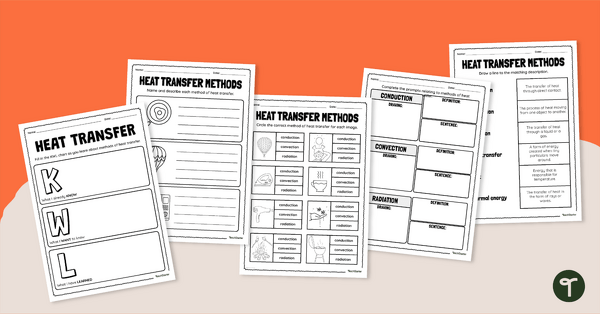
Heat Transfer Methods Worksheet Pack
Learn about the different ways heat can be transferred using this guided set of heat transfer worksheets.
- Plus Plan
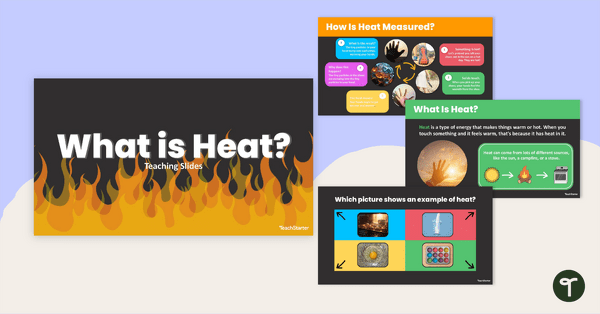
What is Heat? Thermal Energy Teaching Slides
Guide students through learning about thermal energy with this set of ‘What is Heat?’ teaching slides.
- Plus Plan
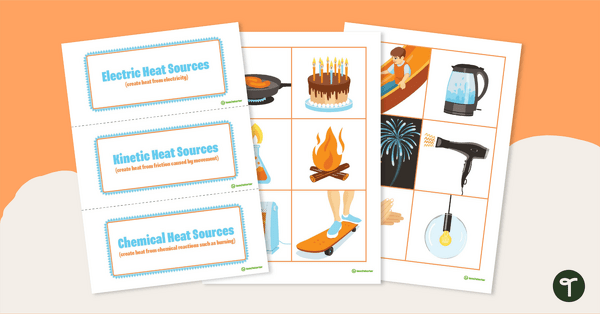
Heat Sources Sorting Activity
Explore various sources of heat with this printable sorting activity for your students.
- Plus Plan
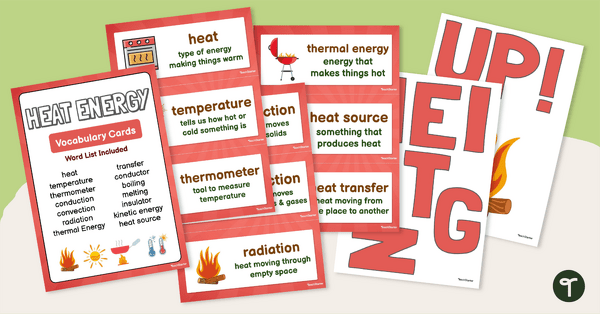
Year 3 Heat Energy Vocabulary Cards
Explore heat energy vocabulary with this set of thermal energy vocabulary cards.
- Plus Plan
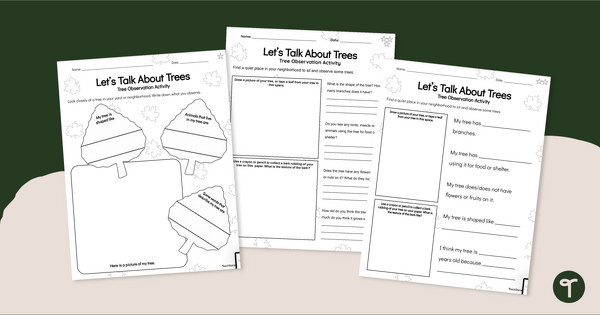
Tree Observation Worksheets
Record observations of trees in the local environment with a printable graphic organiser.
- Plus Plan
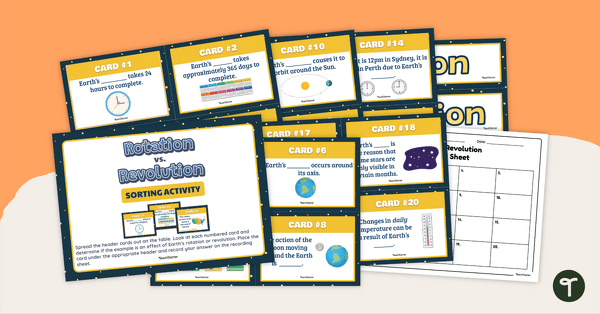
Rotation vs. Revolution – Sorting Activity
Determine if examples are due to Earth’s rotation or revolution with this sorting activity.
- Plus Plan
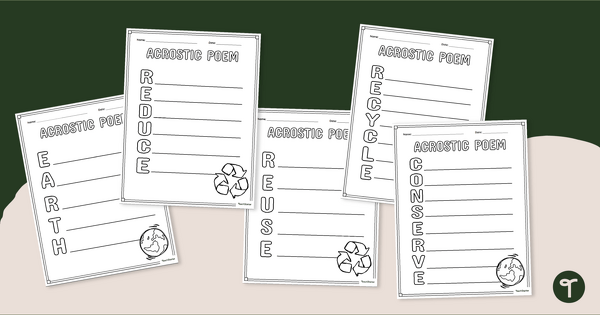
Earth Day - Acrostic Poem Template Pack
An acrostic poem template to use in the classroom to celebrate Earth Day and National Poetry Month.
- Free Plan
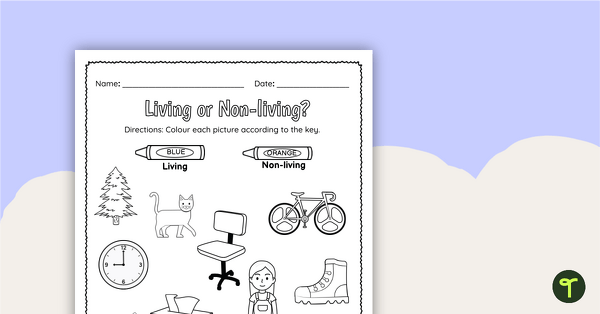
Living or Non-living? Colour by Code Worksheet
Practice identifying living and non-living things with this colour-by-code worksheet.
- Plus Plan
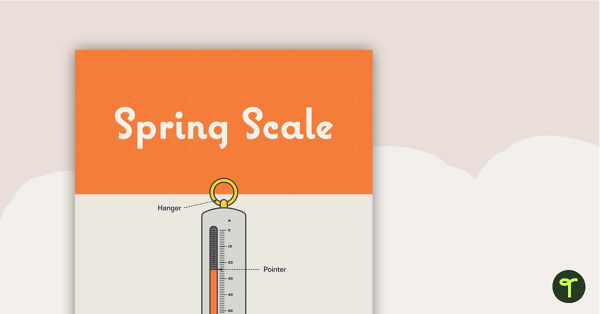
Spring Scale Poster – Diagram with Labels
A poster containing a diagram with labels showing the key parts of a spring scale.
- Plus Plan

Balance Scale Poster – Diagram with Labels
A poster containing a diagram with labels showing the key parts of a balance scale.
- Plus Plan
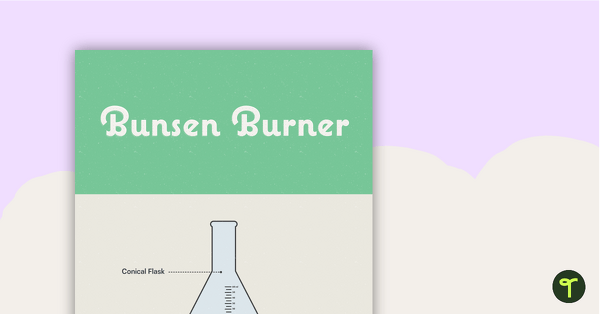
Bunsen Burner Poster – Diagram with Labels
A poster containing a diagram with labels showing the key parts of a Bunsen burner.
- Plus Plan
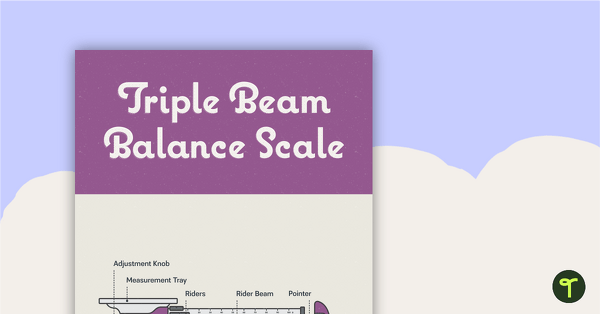
Triple Beam Balance Scale Poster – Diagram with Labels
A poster containing a diagram with labels showing the key parts of a triple beam balance scale.
- Free Plan
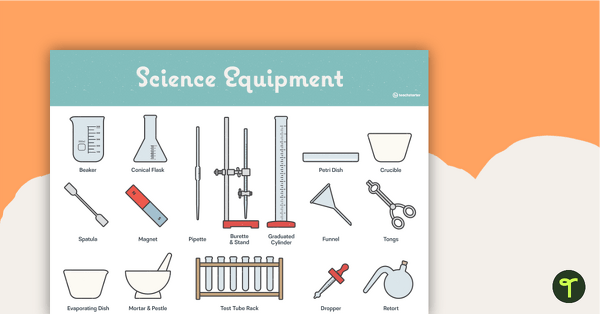
Lab Equipment Poster – Diagram with Labels
A poster containing a diagram with labels showing standard lab equipment.
- Plus Plan

Thermometer Poster – Diagram with Labels
A poster containing a diagram with labels showing the key parts of a thermometer.
- Plus Plan
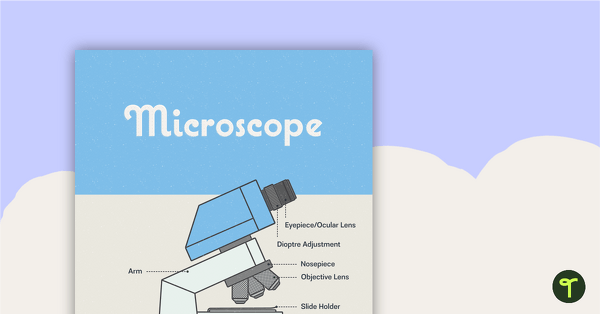
Microscope Poster – Diagram with Labels
A poster containing a diagram with labels showing the key parts of a microscope.
- Free Plan
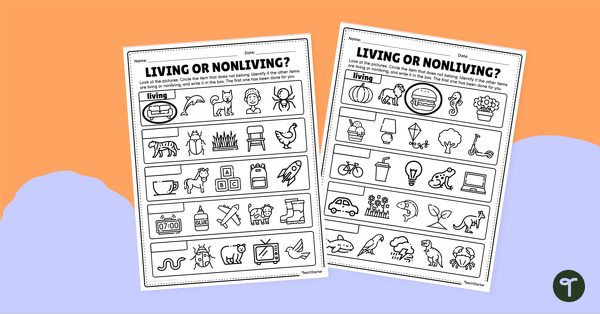
Living or Non-Living? Worksheet
A worksheet that explores living and non-living things.
- Plus Plan

When Winter Comes - Keeping Warm Worksheet
A poem to activate students' prior knowledge about keeping warm.
- Plus Plan
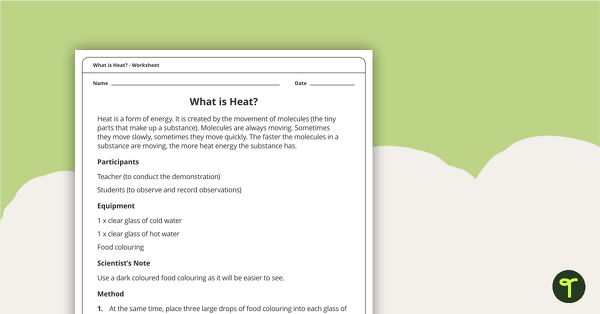
What is Heat? Worksheet
A worksheet to help students understand heat energy.
- Free Plan
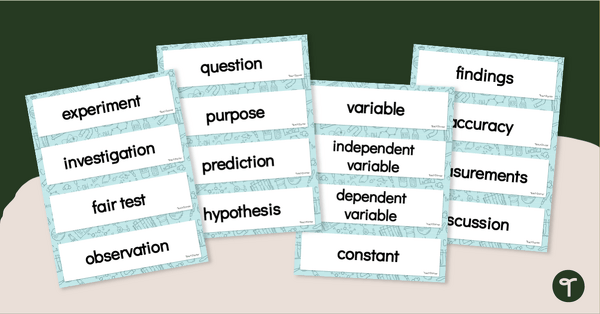
Scientific Method Word Wall Vocabulary
Introduce your students to vocabulary surrounding the Scientific Method with a printable science word wall.
- Plus Plan
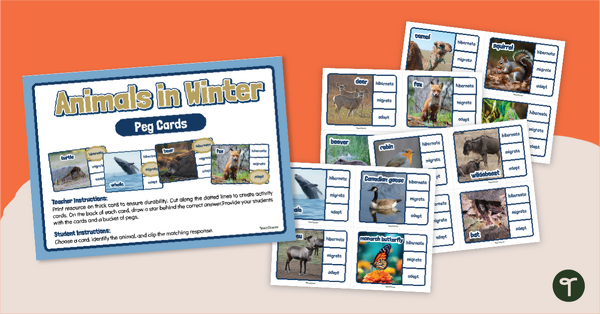
Winter Animal Adaptations - Peg Cards
Discover which behavioural adaptations animals use to survive the winter with a set of Animals in Winter Clip Cards.
- Plus Plan
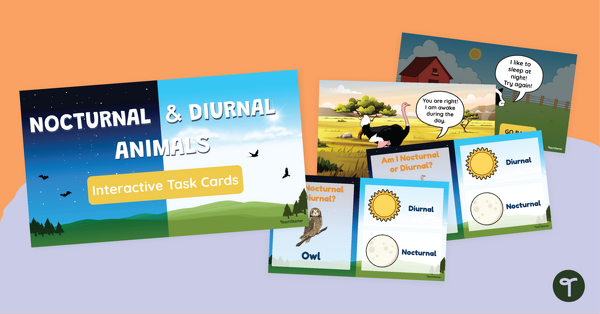
Nocturnal vs. Diurnal Animals Interactive Task Cards
Identify nocturnal and diurnal animals with an engaging, interactive task card game.